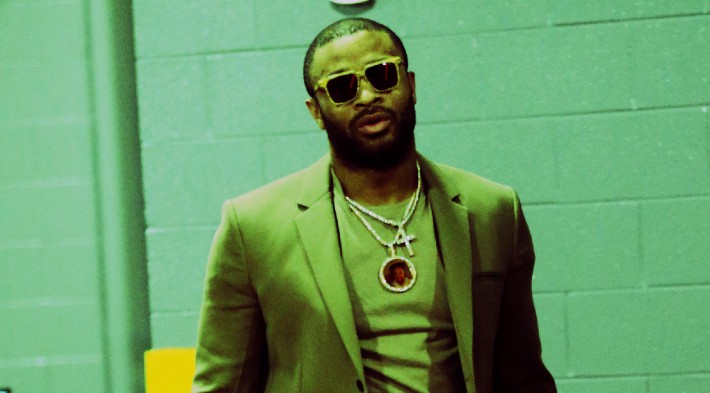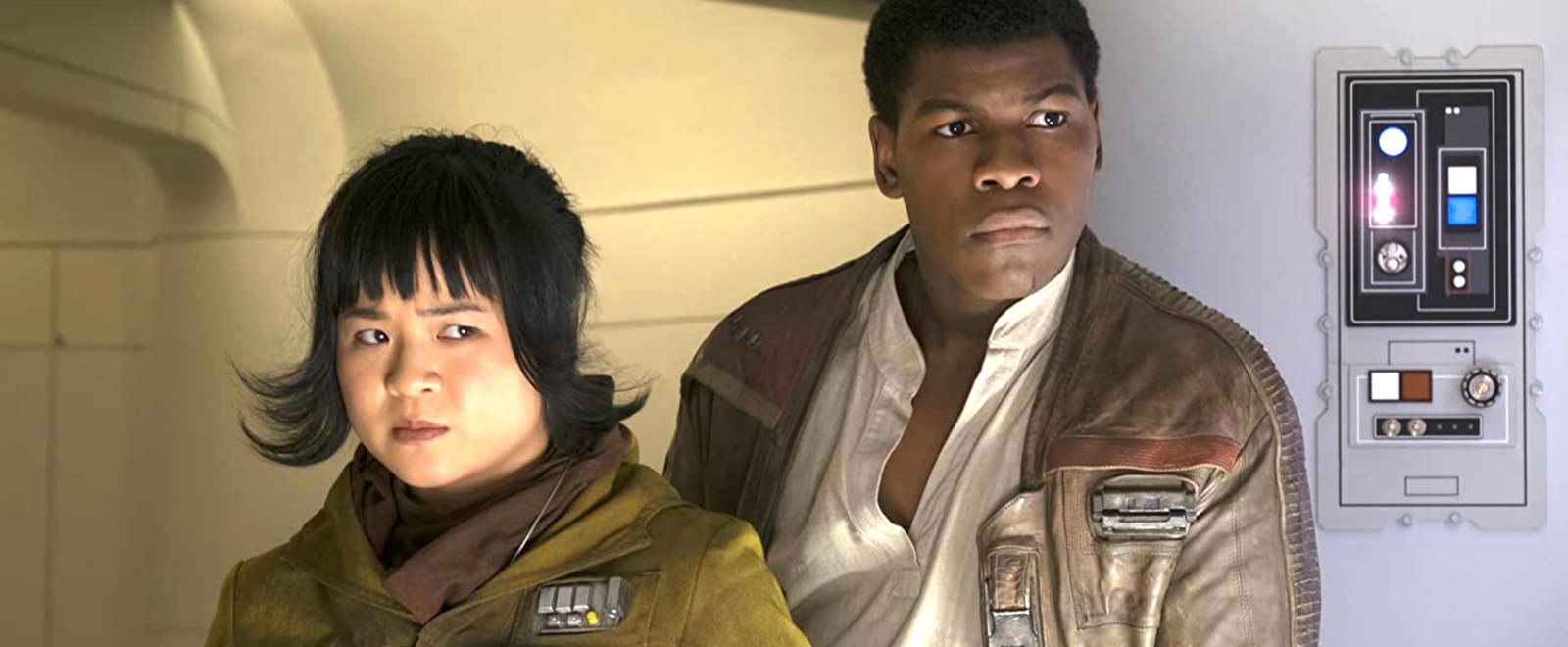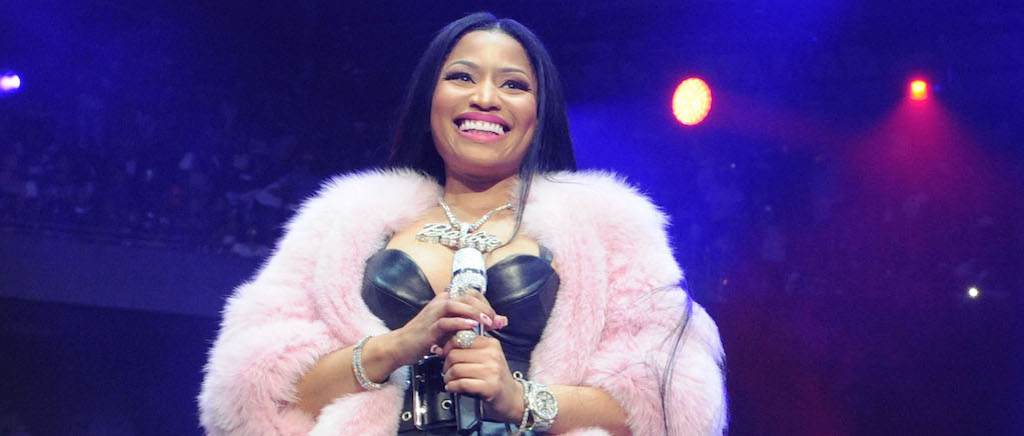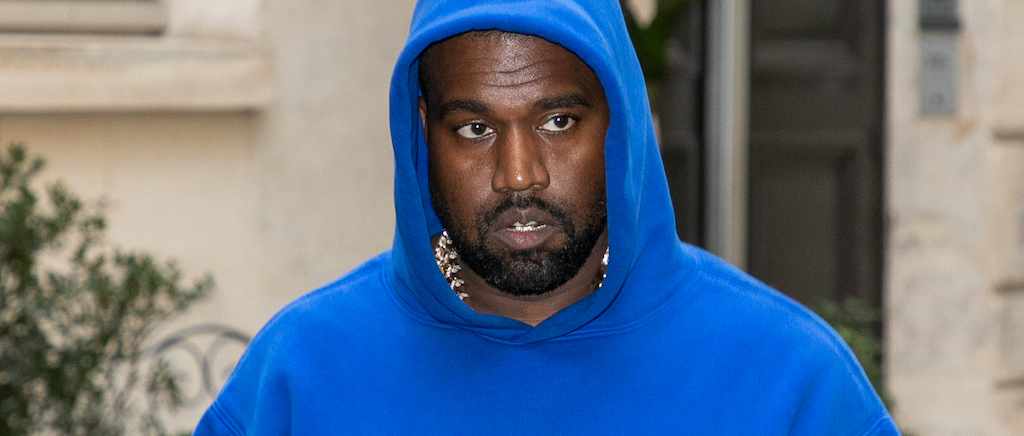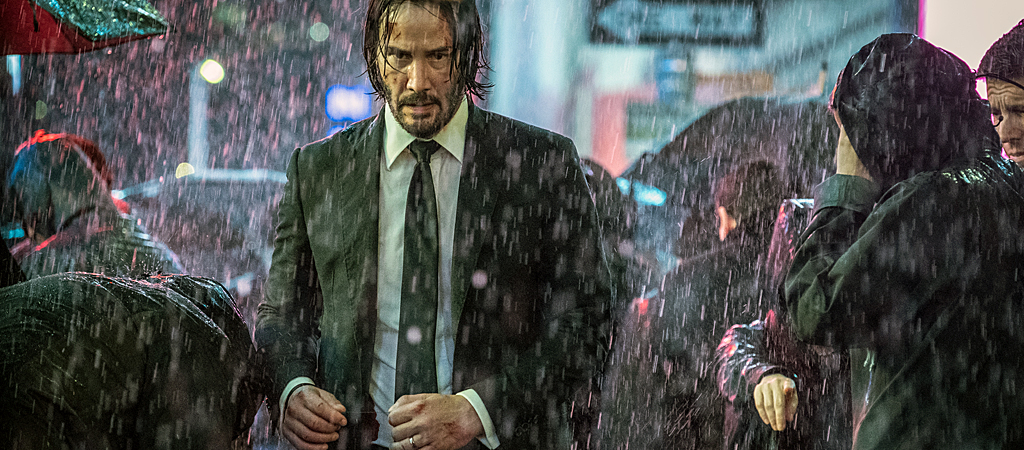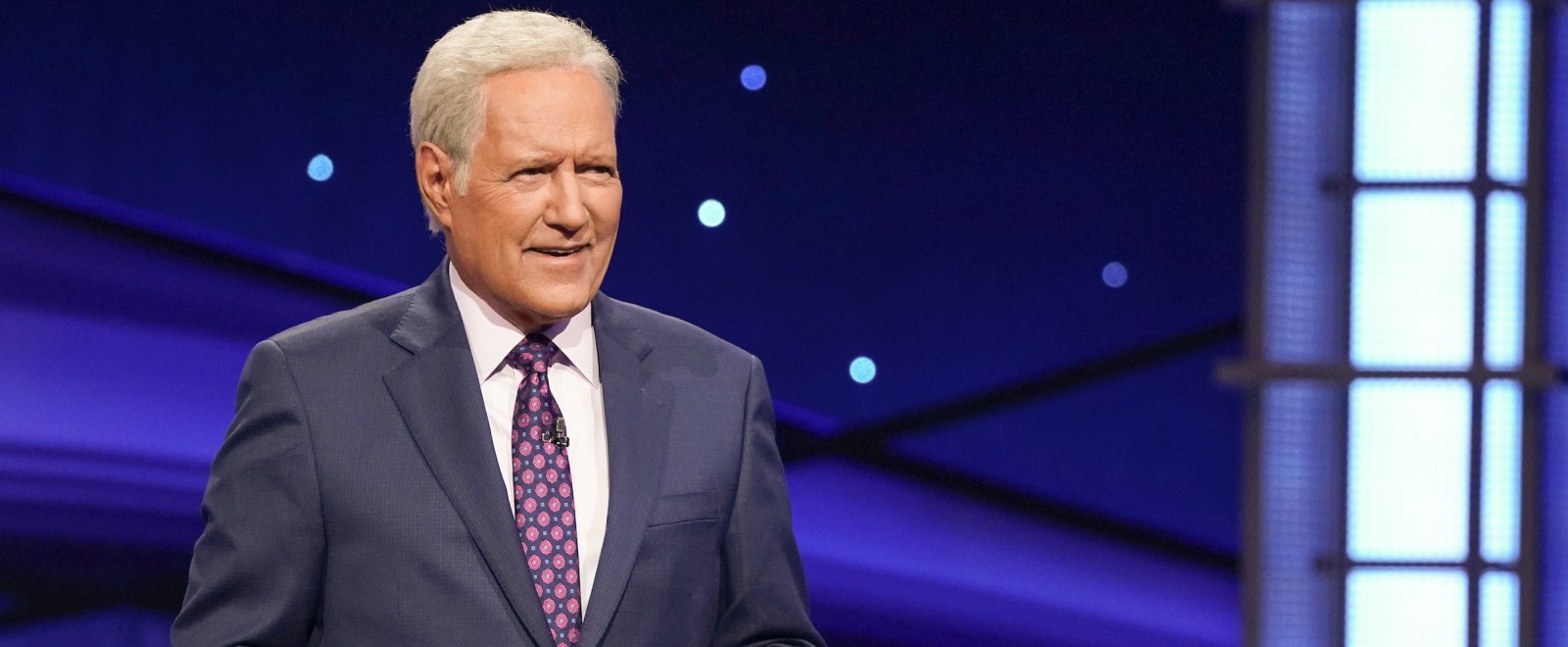
Stateless, a series co-created by Cate Blanchett, who also portrays a flashy cult leader, recently joined Netflix’s growing library or prestige titles. Set in Australia, the series is filled with both horror and hope while depicting what happens behind the razor-wire fence at an immigration detention center. The show follows the plight of dual protagonists, including Sofie (portrayed by Yvonne Strahovski), who’s based upon the true story of Cornelia Rau, a permanent Australia resident who somehow (about 15 years ago) found herself illegally imprisoned. At the same facility, the audience also gets to know Ameer (Fayssal Bazzi), a refugee who fled Afghanistan out of desperation to save his wife and daughters from the Taliban.
Sofie and Ameer must each wrestle with a twisted bureaucracy that mirrors much of what we see in the U.S. today. It’s a nightmarish scenario for both, and Ameer suffers through circumstances so heart-wrenching that the audience can barely fathom them upon watching. Stateless isn’t the easiest watch, but it’s a compelling and a vital one, given that the refugee crisis persists with no end in sight. We spoke with Fayssal Bazzi about how he brought authenticity to his role and, following a decade of his TV and movie roles down under, what it’s like to work with Cate Blanchett as a boss. Fayssal was also cool enough to nerd-out with us about his dream comic book movie roles.
Do you think Netflix made the right call on the U.S. release date for Stateless?
Yeah. The world’s going through a pandemic at the moment, but there’s also issues that we have to tackle. The refugee crisis isn’t going away, as we’ve seen through all the Black Lives Matter protests throughout the world. These things can’t wait. I think, especially while people are at home, to give them something to watch that also educates them. I think it was the right thing to do.
It’s also important to not let the powers-that-be sweep immigration matters under the rug right now, which is happening in some places.
Absolutely. I can’t speak for what’s happening in America at the moment, but in Australia, the treatment of refugees here while the pandemic is happening is pretty despicable. There’s a hotel in Melbourne where I think 65 asylum seekers are being held at the moment. [They] traveled here for medical reasons from offshore, and it was just released the other day that one of the guards who’s looking after them tested positive for Covid, and they’re kind-of sweeping it under the rug. These are human beings that we’re dealing with, so I think that by sharing these views with the world, we’re trying to show how we still treat our refugees here. Maybe it will start conversations that lead to change, and a little political pressure from overseas wouldn’t hurt either.
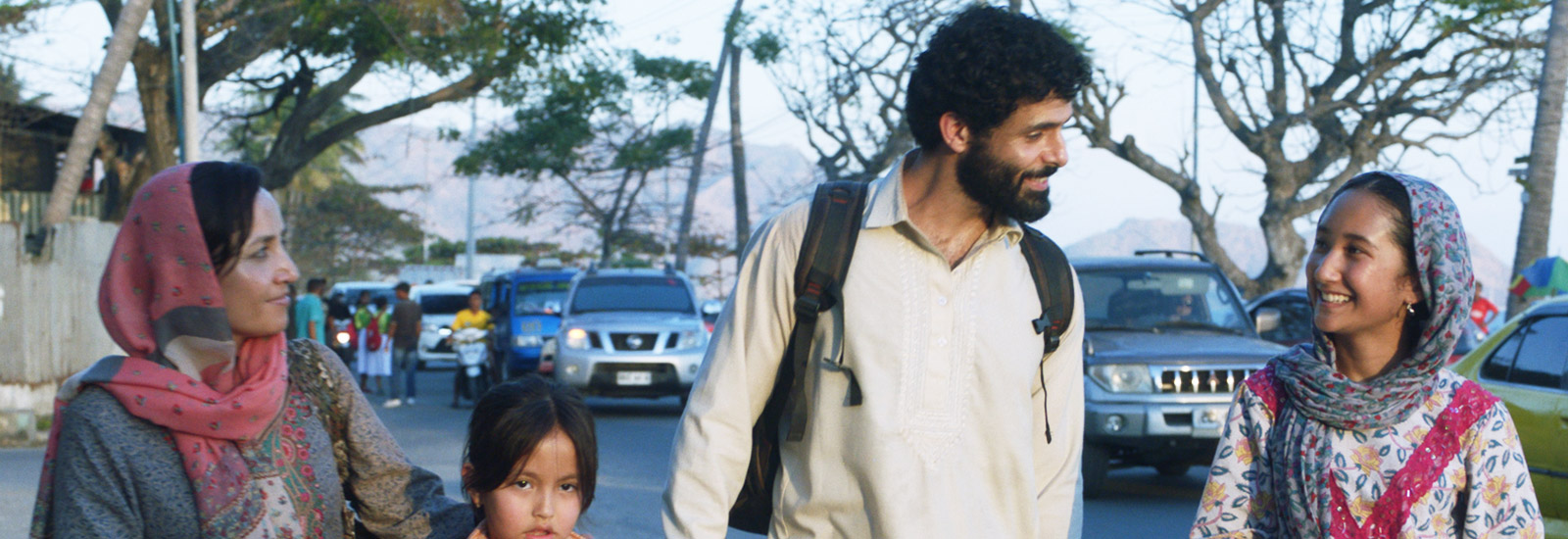
Do you think lessons have been learned in the years since the events of this series took place?
I think that it’s one of those heated debates in Australia where it’s very hard for politicians to pick a side, no matter what they feel, and they sort-of push it to the background. This is a series that was produced and created by Cate Blanchett, and it was still hard to get it made in Australia because people are scared of the refugee topic here. It took Cate six years from the birth of the idea to getting it made, and that’s because everywhere she went, people were (especially in Australia) afraid to tackle the subject. They didn’t want to get into the firing line of some political debate.
Obviously, this was a passion project for Cate. Your character didn’t intersect with her cult leader, and that’s… for the best! Ameer had a tough enough time already.
[Laughs] Yeah, I don’t think Ameer would have done well with the [cult-]dance contest!
What was it like to work with Cate as a producer?
In the early weeks there, we hung out a few times, but we had to shoot her out really quick because she also had Mrs. America, so she was there the first month or so and was pretty good on the phone, throughout, really flexed her producer’s muscles well whenever I had an issue, got a call from Cate, just making sure everything’s great. In December, I went to London to help her talk about the show, and she’s been really wonderful. I think she’s really taken to the producer side of things, and that’s where she’s taking the next step of her career. She’s really good at it.
The reviews of this series are largely positive, but what do you say to the critics who believe the show shouldn’t have been packaged around the plight of Sofie, a white woman (even though it’s a real story)?
I think the comments reflect the climate we’re in. It took six years to make the show, but the powers-that-be here need to see the financial benefit into putting money in a project. Unfortunately, that means that stories kind-of have to be massaged in a certain way, but also, you do get to tell those stories. And I’ve read some of those reviews and even understand where they’re coming from, but also, if it was the other way, I don’t know that the show would have been made, so sometimes it’s better to have, hopefully, with our show coming out and how we’ve done it, it is a stepping stone for another show to come up and tell that whole story. There are wonderful projects out there that might gain further traction because of our show leading the way.
Beyond serious stuff, one thing that I recently learned about you is that you love comics and Star Wars and intended to take a fantastical path in your career.
The stories that I’ve told in my career so far are really important. It’s always an honor and a privilege to shine a light on and put a face on a story. Putting a human face on a refugee story is really important to get people to connect with that, and looking past numbers and statistics, we are really talking about human beings. In saying all of that, Kimberly, I still haven’t given up hope of one day being a Jedi or a Dark Lord of the Sith. Or to be the next Magneto! Disney just bought all the rights to X-Men. I’m Australian, I have a hairy chest, I can be the next Wolverine!
See, that’s where I was going next: the whole, “Would you like to be hero, antihero, or villain?” thing.
My passion growing up… I’m a bit of a nerd, so I have statues and collectibles that I’m looking at right now. I have a Magneto helmet and a Wolverine claw, so I like heroes with a checkered past or bad guys with a bit of a heart, like my hero growing up was Darth Vader, just because of the complexity of that character… I’m taking you down the path of the Dark Side! Complex characters with troubling last choices and paths are my go.
When reading comics, do you prefer graphic novels or single issues?
Look, I think whatever kind-of stimulates your creative brain [works]. As a kid, I was a massive Wolverine fan, so I had every issue of the Wolverine series. I had his first appearance, and they’re all sitting within perfectly zipped comic bags.
Oh, you’re one of those nerds.
I’m also an anime fan, and the majority of things that I watch are Japanese. I’m not really a stickler for graphic novels are comics. Both have their place.
I’ve taken us way off-topic here.
[Laughs]
With Stateless, sadly, it’s not fantastical but is grounded in reality. So, how did you aim to bring authenticity to your character’s experiences?
I guess when I first was offered Ameer, I just wanted to bring the family story to the forefront because when you strip everything back — that they’re escaping the Taliban, they’ve been on this journey — it’s a father trying to look after his family. And if people could connect to that, they could connect to the actual story of refugees. I’m an immigrant to Australia, and I was three when we got here, and my father and mother had to rebuild, and it was hard-going for a number of years. I drew from what I saw from my father with Ameer and then getting to spend time with all our lovely background artists, the majority of people at the detention center had, at one stage, been in a refugee camp or offshore detention, and hearing their stories and their experiences was really the driving force behind it. And it inspired me to be able to tell the story that needed to be told so these people could feel respected and represented.
Ameer tells a “story” near season’s end, and I don’t want to spoil what that story is, but man, what a selfless character.
I don’t have any children, from what I hear from friends who have kids that have watched this, they were bawling their eyes out and thinking that this is what having a child is about. They end up becoming the center of your story, and then it becomes your objective to help tell this new story to the world, and if that means sacrificing yourself to the world, you have to do it. Now sadly, because of this series being set in the early 2000s, what I think happened to Ameer was either offshore detention, or he got sent back to Afghanistan, so there was, sadly, not a way for him to get out of there. The way the system works in Australia and the way that it worked in the early 2000s is really what happens in the world.
‘Stateless’ is currently streaming on Netflix.

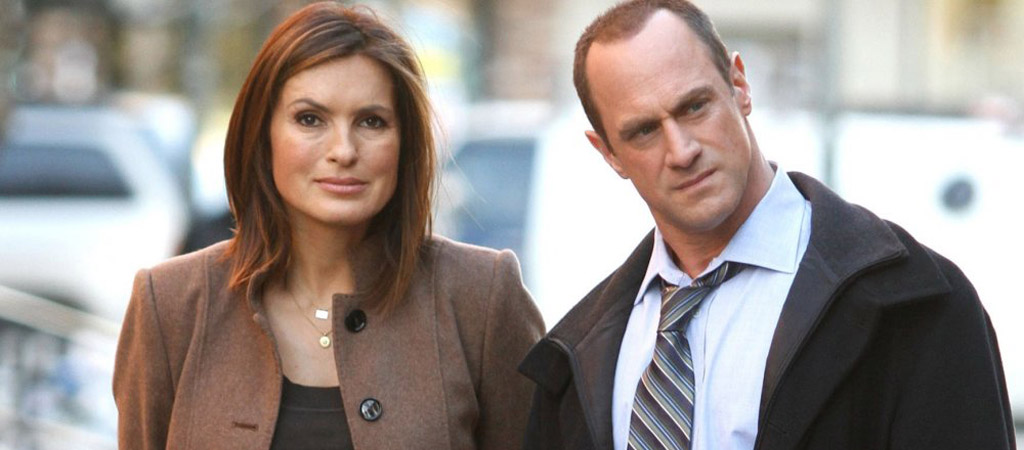


 More product details soon come
More product details soon come  Hit the link to sign up for early access to shop!
Hit the link to sign up for early access to shop! 
